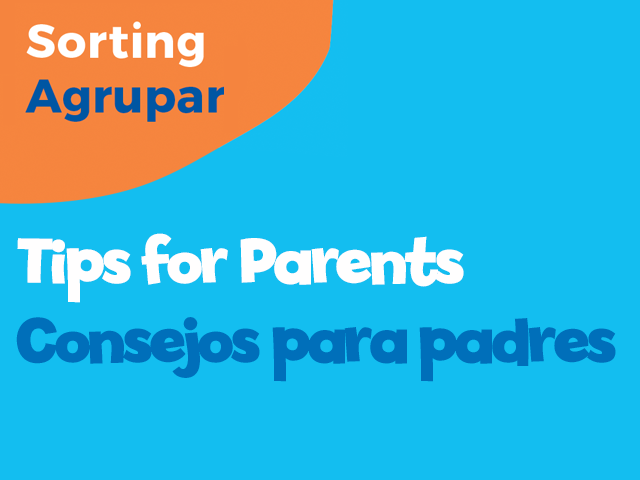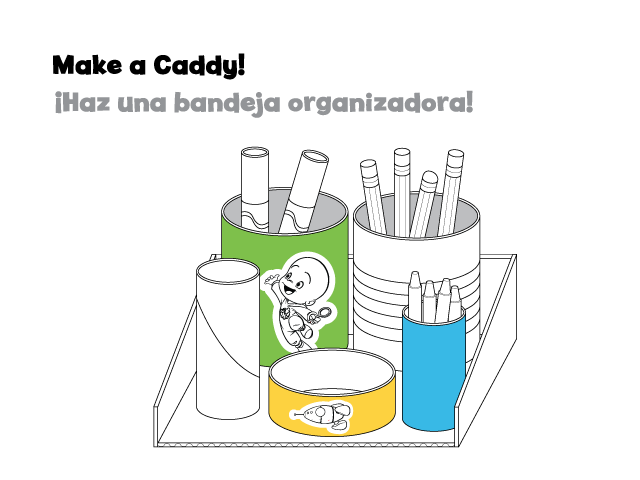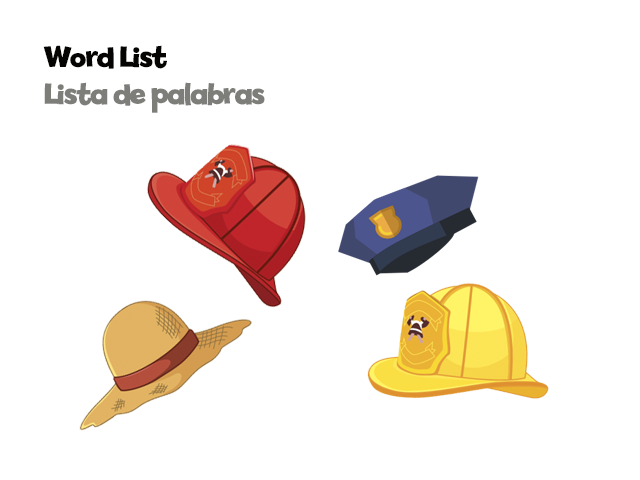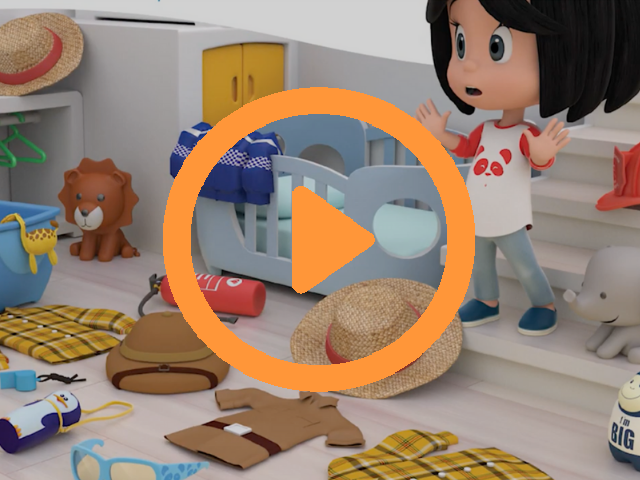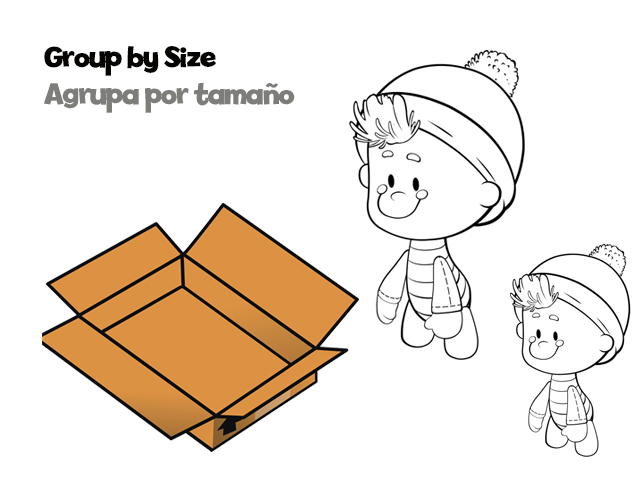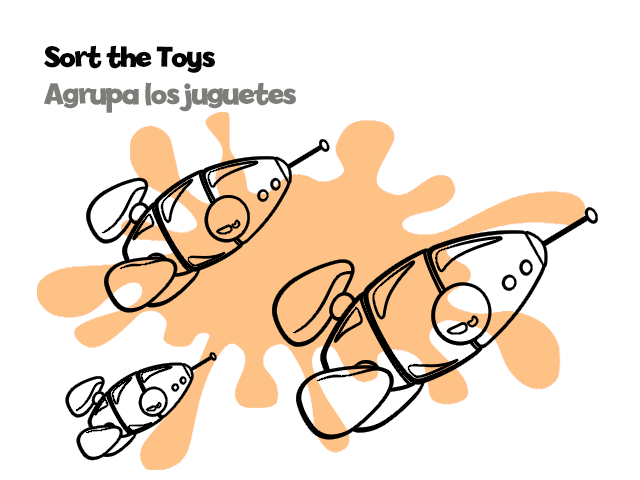Social and Emotional Development
Learning to sort things in different ways helps nurture more flexible thinking. This can help children adapt more easily to changes in their environment and changing routines at home and at school. Encourage your child to come up with different ways to sort their toys in their bedroom, and have a conversation about how they came up with those ideas.

